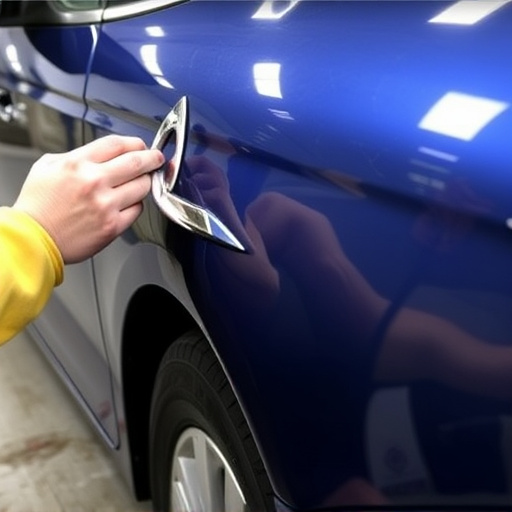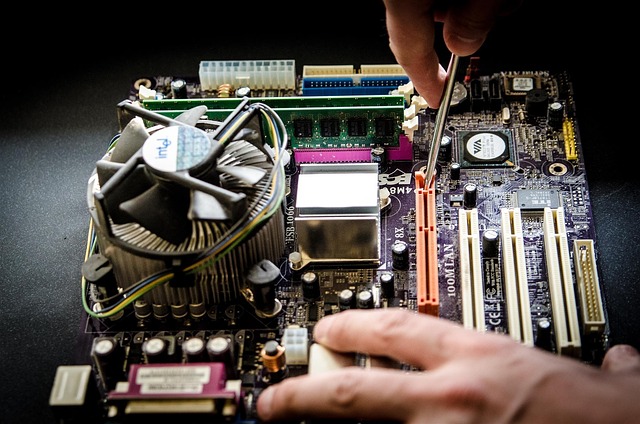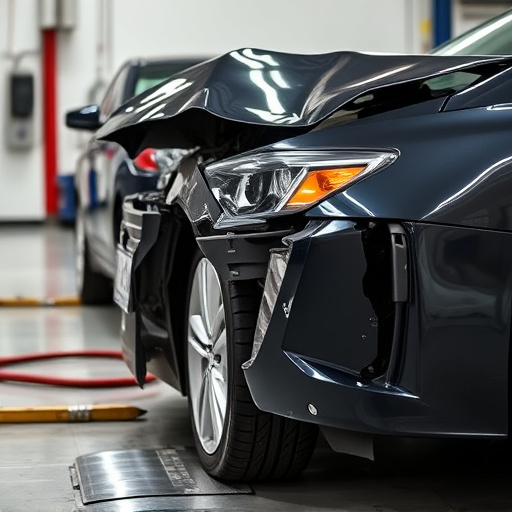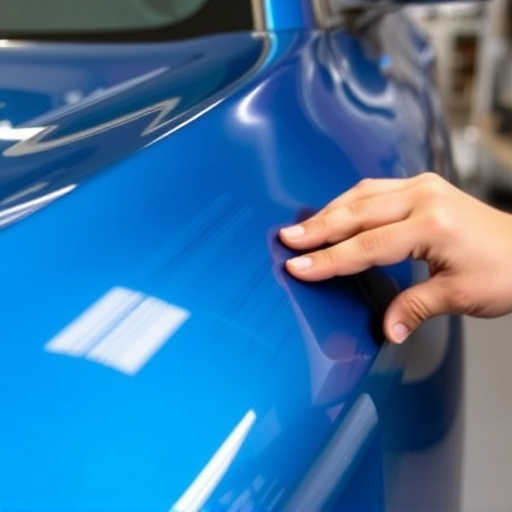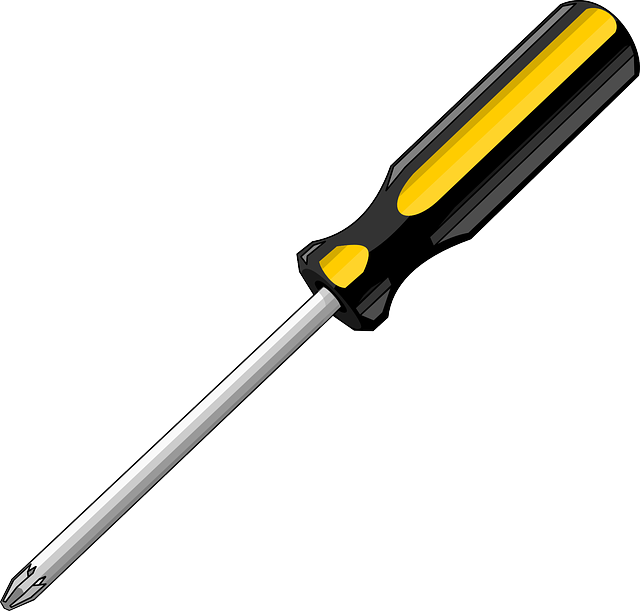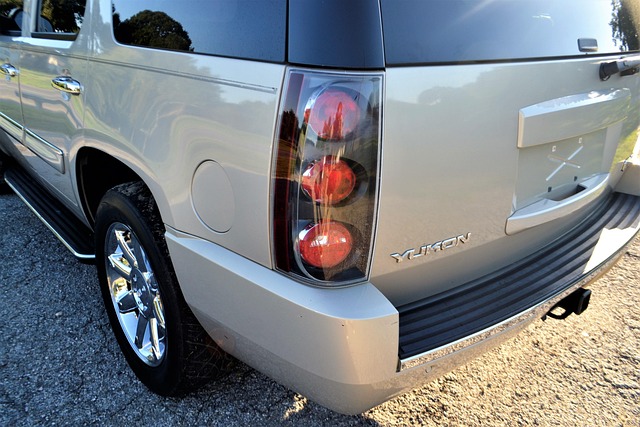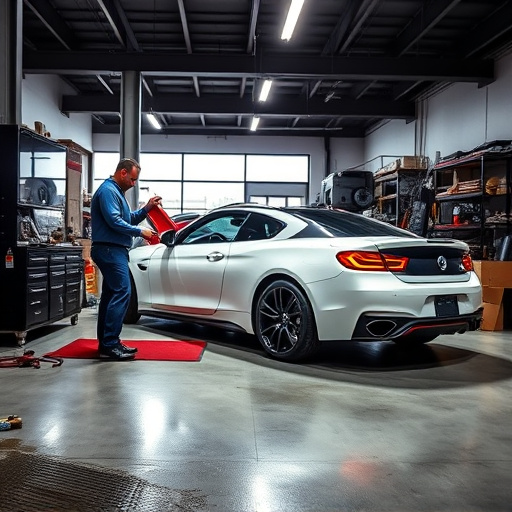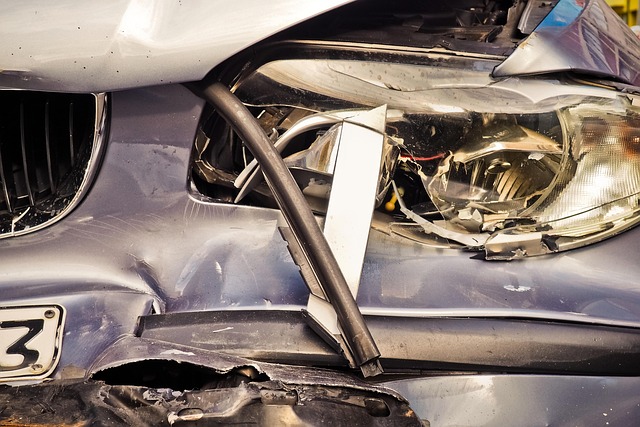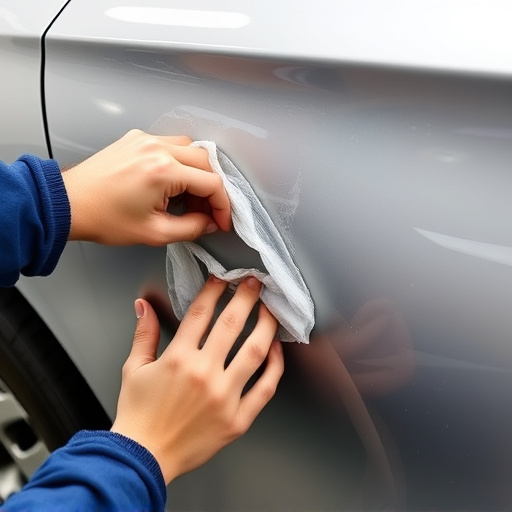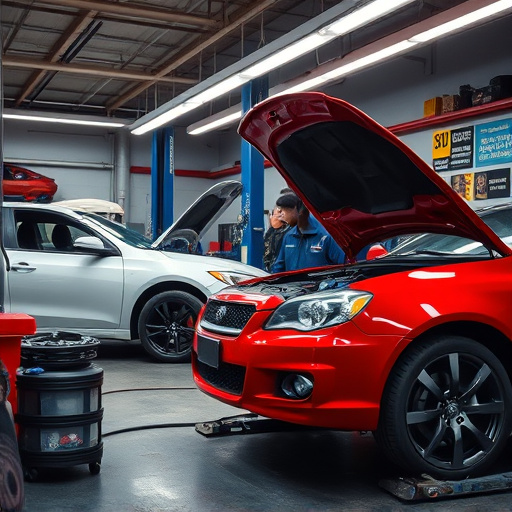For optimal car paint restoration, begin with a meticulous assessment and thorough surface preparation. Inspect for dents, scratches, and defects using enhanced tools, addressing even minor issues. Clean the vehicle with auto-specific products and consider professional dent removal for severe cases. Proper identification of damage types is crucial, from light scratches to extensive collision damage. Surface prep involves systematic cleaning, sanding, and dust removal for enhanced paint adhesion and a seamless, glossy finish.
Looking to revive your ride’s gleam with expert car paint restoration tips? This comprehensive guide breaks down the process step by step, from assessing damage and preparing your surface, to mastering sanding techniques, priming properly, and achieving flawless painting results. We’ll also share finishing touches and maintenance secrets for a long-lasting, protected shine. Discover the art of car paint restoration and transform your vehicle into a true masterpiece.
- Assessing the Damage and Preparing the Surface
- – Understanding different types of car paint damage
- – Steps for thorough surface preparation
Assessing the Damage and Preparing the Surface
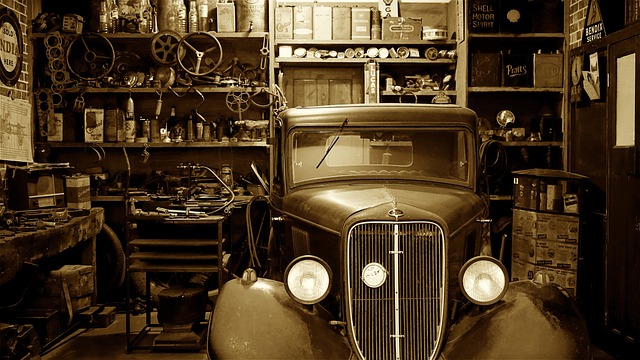
Before diving into any car paint restoration process, it’s crucial to assess the damage and prepare the surface properly. Start by examining the entire vehicle for dents, scratches, or other defects that need attention. Even minor imperfections can significantly impact the final result if not addressed. Use a torch light or magnifying glass to inspect closely and identify areas requiring repair.
Once identified, prepare the surface by cleaning it thoroughly using specialized auto maintenance products. Remove any loose debris, dirt, or grime that could hinder the restoration process. For more severe cases involving dents or deep scratches, consider professional dent removal services to ensure a smooth base for car paint services. This step is vital in achieving a seamless and long-lasting finish.
– Understanding different types of car paint damage
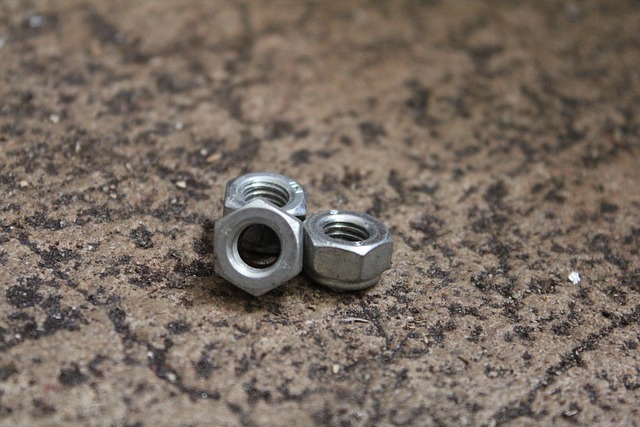
Car paint damage can manifest in various forms, each requiring a unique approach during the restoration process. Understanding these different types of damage is crucial for achieving effective car paint restoration results. One common issue is minor scratches and swirls, often caused by bird droppings, tree sap, or road debris. These can be addressed with careful polishing and compounding to restore the clear coat’s glossy finish.
More severe damage includes dents, chips, and rust spots, which may require a combination of patching, painting, and body work. Collision repair centers are equipped to handle such cases, utilizing specialized tools and techniques for car body repair. In terms of car paint restoration, identifying the extent of the damage is the first step towards achieving a seamless and lasting finish.
– Steps for thorough surface preparation

Before attempting any car paint restoration, proper surface preparation is paramount. This meticulous process involves several critical steps to ensure optimal results. Begin by thoroughly cleaning the vehicle to remove dirt, dust, and debris using a dedicated car shampoo and microfiber cloths. Next, inspect the damaged area closely, taking note of any deep dents or scratches that require attention from collision repair services. Once identified, address these issues with specialized tools like putty knives and dent pullers for a smooth base before proceeding to paint restoration.
Additionally, sanding is an essential part of surface preparation to create a rough texture that enhances paint adhesion. Start with fine-grit sandpaper and work your way up to coarser grains, taking care not to over-sand the surrounding unharmed areas. After sanding, wipe down the surface again to remove any dust particles left behind. This meticulous prep work is crucial for achieving professional-grade car paint restoration, effectively concealing previous dents or scratches from automotive collision repair and leaving your vehicle with a smooth, glossy finish.
Car paint restoration is an art that requires attention to detail and a systematic approach. By assessing damage, preparing the surface properly, and employing expert techniques, you can achieve remarkable results. Remember, thorough preparation is key to achieving a flawless finish, so take your time, be meticulous, and let your car’s new coat of paint speak for itself. With these expert tips, you’re well on your way to restoring your vehicle’s beauty and protecting its value through effective car paint restoration.
